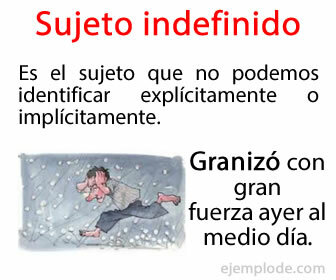Example of Chemical Degree
Chemistry / / July 04, 2021
According to General Chemistry, the Chemical Degree is a Analysis method used to know the Concentration of a Solution of a substance, mixing it little by little with another solution of Known Concentration, with which it will have a chemical reaction.
The Chemical Titration is a method of Quantitative Analysis, which means that focuses on knowing the amount of a certain substance of the problem solution. It is to pursue this data that this method is also called Valuation.
In addition to Chemical Titration and Titration, all its applications together are called Volumetry, which refers to the fact that for the analysis, two liquid solutions interact with their respective concentrations, one known and the other unknown, to obtain the data of the unknown.
To Sample of Unknown Concentration is called Analyte, and the solution that will help to know that information will be called Standard Solution.
Procedure of a Chemical Degree
An example will be used to better understand the Titration procedure. It is required to determine the concentration of a sample of solution containing Sodium Hydroxide (NaOH).
1.- To start it is essential know which component is to be measured. In the example, the concentration of Sodium Hydroxide (NaOH) in the sample is to be determined.
2.- A substance of known concentration is chosen to react with the sample. It must be a substance capable of reacting in a good stoichiometric ratio. Generally, since Sodium Hydroxide is a Base, an acid is used to consume it in a chemical reaction. In the case of this example, Hydrochloric Acid (HCl) will be used, which will react in a 1 to 1 ratio with the Hydroxide.
3.- The sample is prepared. In an Erlenmeyer flask, specific for titrations, a certain volume of the sample is added; sometimes it is 10 milliliters, on other occasions it is 25 milliliters. It is generally added as is, although it is sometimes diluted with distilled water. But it is always true that they are 10 or 25 milliliters. It is essential to know the volume of work.
4.- A reaction indicator is chosen. A reaction indicator is a chemical that is added to the sample before starting a titration. The reaction indicator is not chemically involved. What it does is give the sample a color, and when the reaction ends, it changes color. That is its function: to change color to signal that the reaction is over. This way you will know how much Hydrochloric Acid has been used to react with all the Sodium Hydroxide. The indicator is chosen according to the reaction and the pH to be handled. In this case, the reaction is an Acid-Base Neutralization, and the pH to be handled is between 3 and 5, so the most suitable is Methyl Orange, for the purposes of the example.
5.- Prepare a Burette with the solution of Known Concentration, which for the example is Hydrochloric Acid. A burette is a glass tube that has a scale in milliliters, into which the substance of known concentration is to be emptied. At the other end it has a flow regulating valve, sealed enough for the analyst to manipulate it. and achieve a flow that gives you the confidence to stop when the indicator shows that the reaction has finished.
6.- The filled burette is placed on a universal holder with the corresponding accessories to hold it. In the air, on the base of the support, the titration will begin, opening the burette tap little by little, so that drop by drop neutralization takes place. With the hand that holds the Erlenmeyer flask of the sample, the reaction is shaken, while the jet from the buret is received right there.
7.- When the indicator changes color, the buret tap is closed. On the scale of it it will be seen how many milliliters Hydrochloric Acid were added to the sample for Neutralization. That is the data that matters to us.
8.- With the data obtained, the calculations to know the concentration of Sodium Hydroxide you need to know.
Units in which the Concentration is handled
The Concentration, depending on the Volumetry being used, can be measured in various units that are convenient when making calculations:
Molarity (Moles / Liter): It refers to number of moles of solute, that is, of the substance with which you are working, for each Liter of Solution. The moles are worth the same as the grams divided by the Molecular Weight of the substance. In the example, the Molecular Weight of Sodium Hydroxide is 40 g / mol.
Normality (equivalents / Liter): It is the number of equivalents of solute in each Liter of solution. The equivalents of the substance in question are calculated by dividing the grams by the Equivalent Weight. The equivalent weight is calculated as the quotient of the molecular weight and the active valence of the same substance. In the example, the equivalent Weight of Sodium Hydroxide (NaOH), is obtained with the Molecular Weight of 40 g / mol, and this is divided by 1, which is the valence with which OH chemically acts-.
Grams per Liter: It is the number of grams of the substance for each liter of solution. These units are not used frequently, since in the Titration there is a chemical reaction happening, and chemical reactions are only understood and measured by handling Moles.
There are other units of Concentration as Molality (Moles / Kg of solvent), but for the purposes of the Titration, in which only Volumes are used, the Molality is useless when doing the calculations.
Examples of Chemical Degree
Titration or Volumetry has very specific applications, since the chemical species that can be subjected to this type of analysis are counted. Those that exist are cited.
Acid-Base Volumetry: It is the simplest, since it consists of a chemical reaction between an acid and a base. The indicators used in this volumetry vary depending on the pH that is being handled in the Titration. Methyl Orange and Phenolphthalein are the main ones.
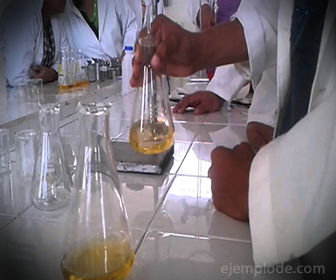
Complexometry: This volumetry uses a standard solution of a complexing agent, which is a molecule that traps a certain element of the analyte to isolate it and analyze its quantity. The most important standard solution is Ethylenediaminetetraacetic Acid, or EDTA.
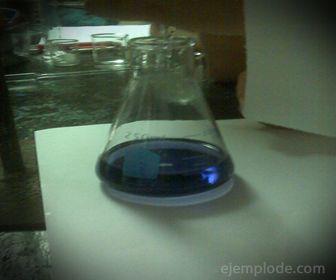
Redox Volumetry: It is characterized by the chemical reactions that take place in it, which are oxidation and reduction reactions. An example of this is the determination of Iron (Fe) with Cr Dichromate ion2OR7-2.
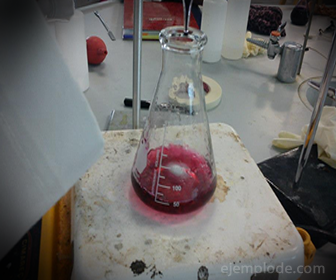
Argentometry: It deals exclusively with the determination of Chlorides (Cl-) in a sample through the action of a Silver Nitrate Standard Solution (AgNO3).
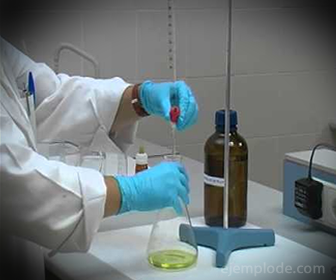
Do not forget to leave your comments.

